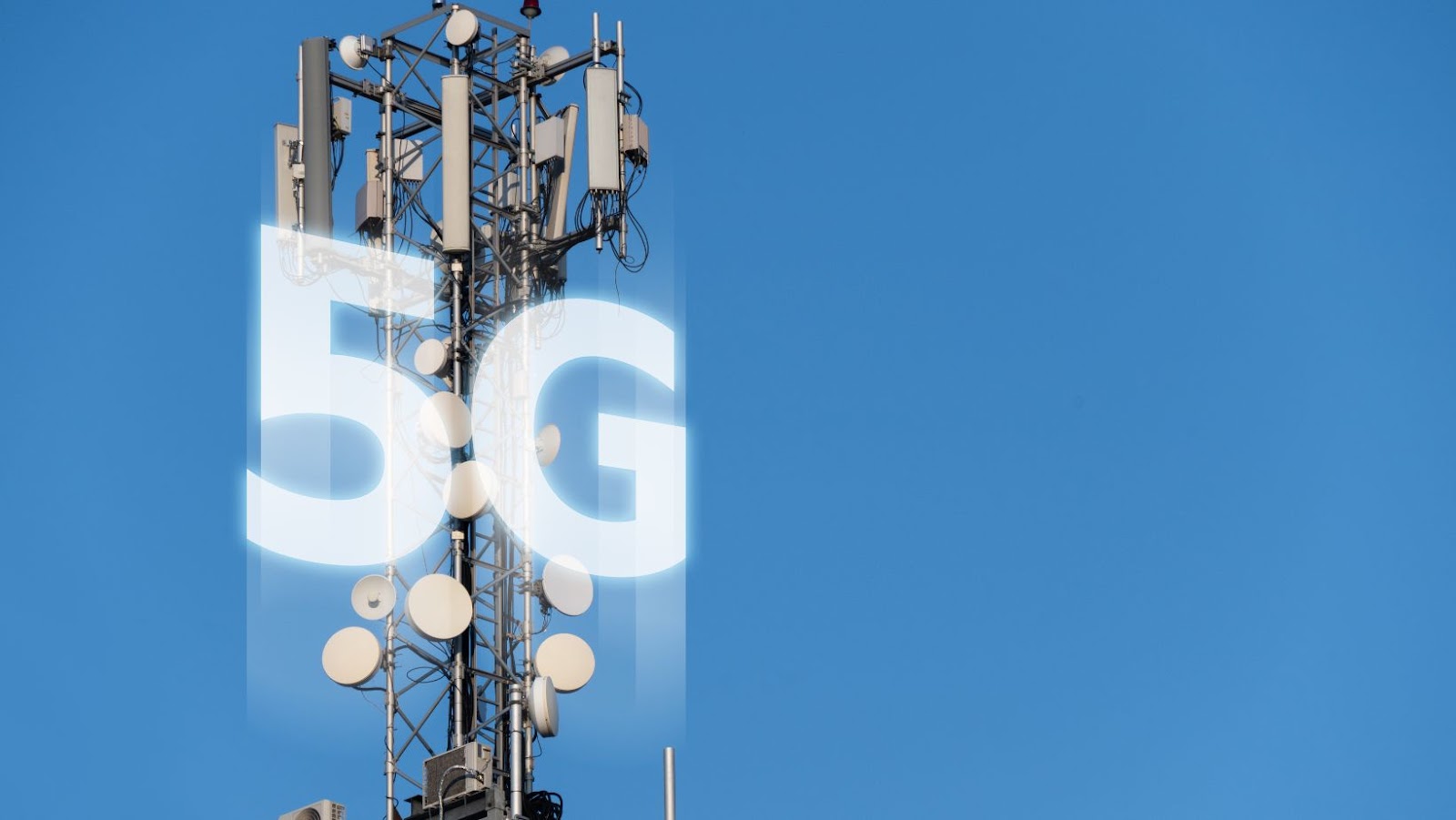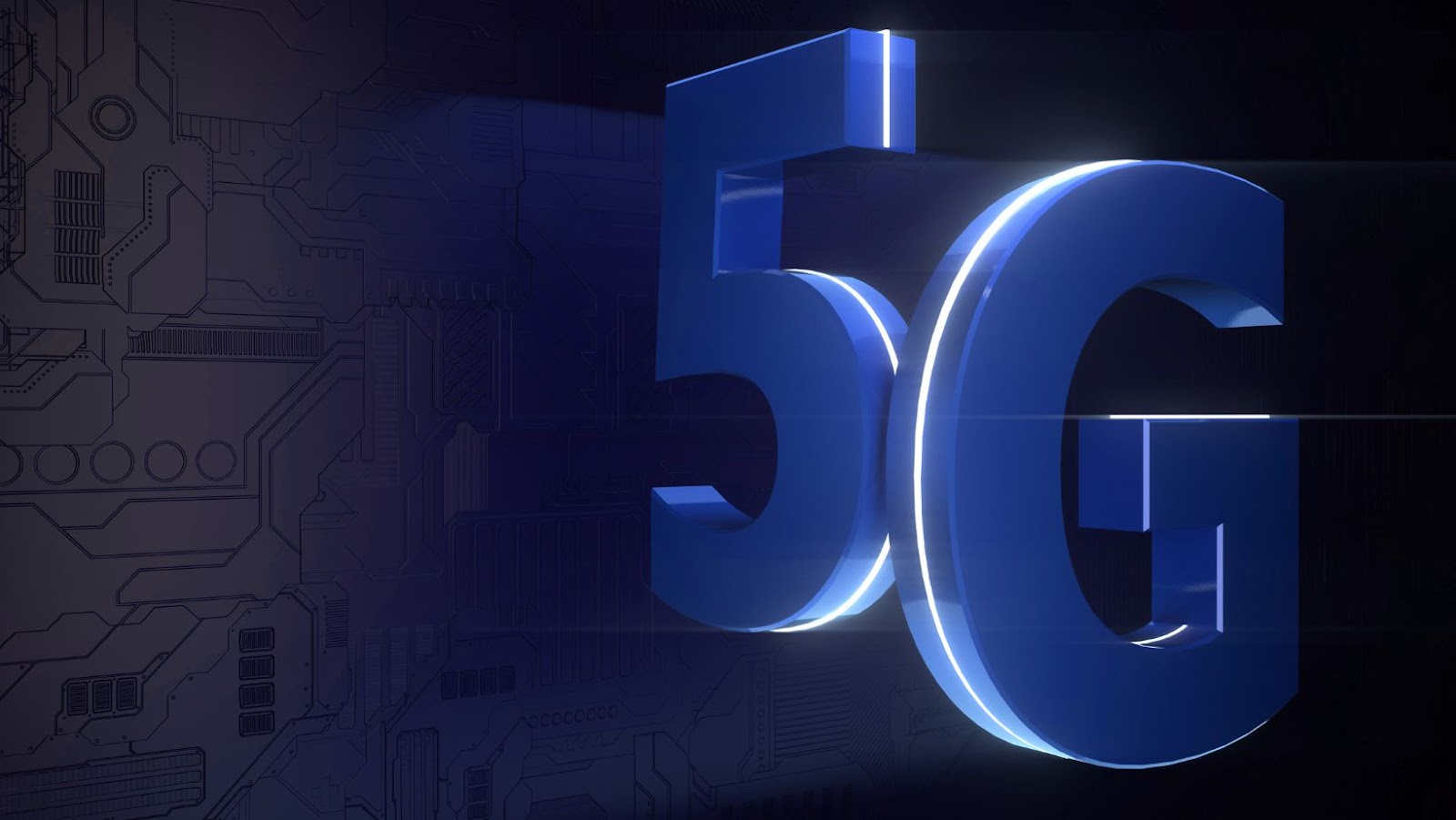The Federal Aviation Administration (FAA) has concerns that the new 5G technology may interfere with aircraft navigation and communication systems. As the deployment of 5G technology accelerates, the FAA examines potential risks that this new wireless communication infrastructure could pose to aircraft operations. This includes potential disruptions to cockpit equipment, such as GPS receivers, radios, auto-pilots and other navigational aids.
Before implementing 5G technology as part of the FAA’s NextGen initiative or connecting with any system used on FAA-certified aircraft, the FAA must do an in-depth analysis and identify any risks involved with its operation. The agency has been considering ways to mitigate any interference from 5G deployments as part of this process.
The FAA also plans to collaborate and consult with industry stakeholders and aviation safety experts to ensure appropriate safety precautions are taken before a system is introduced. In addition, the FAA is further researching possible solutions for mitigating electronic interference caused by 5G deployments and will continue engaging in efforts to ensure aviation safety stays paramount during this technological transformation.
Overview of 5G Technology
5G technology is the fifth generation of cellular mobile communications. It promises greater speed, better coverage, and a more accessible experience than previous generations of technology.
5G is expected to bring many new opportunities with its greater radio signal reach, throughput, and latency. However, the U.S. Federal Aviation Administration (FAA) has concerns about this technology that could interfere with aircraft navigation and communication systems.
As the deployment of 5G technology accelerates, the FAA examines potential risks that this new wireless communication infrastructure could pose to aircraft operations. This includes potential disruptions to cockpit equipment, such as GPS receivers, radios, auto-pilots and other navigational aids.
What is 5G?
5G, the fifth-generation cellular network technology, is expected to bring the most advanced and transformative mobile connection experience yet. 5G offers ultra-high speeds and low latency (delay) while supporting many devices concurrent connections. This technology is far slower than current 4G services and as such will not be available everywhere, however it can offer faster speeds of up to 20 Gbps in comparison to 4G, which tops out at around 100 Mbps.
5G will use new frequency bands, sometimes called millimeter waves, capable of travelling significantly further than those used in 4G networks. As a result, this 5G technology will provide a more efficient use of spectrum resources with faster speeds on phones and tablets up to 1 Gbps or higher on fixed wireless access services. It’s expected that this new technology has the potential for significant enhancements in areas like augmented reality (AR) applications, virtual reality (VR), digital health care etc., as well as other consumer services such as enhanced gaming experience or streaming media from cloud-connected TVs.

To ensure that aircraft are safe from interference from 5G signals, the FAA is actively working with network providers and device manufacturers to ensure no interference occurs between their networks and aircraft navigation systems. The impact of 5g on aviation is a very important topic since its introduction has many implications for safety of flight operations beyond the proliferation of certain types of cyber threats enabled by 5g networks. Therefore, the industry needs to develop mitigation measures that would prevent any possible disruption or interference by an airborne device operating on 5g network including unauthorised access points being connected while flying in turbulence often experienced during takeoffs and landings which may cause unreliable communications if no proper protections were installed in these systems before they enter into service.
Benefits of 5G
5G technology promises fast data speeds, low latency, and a better user experience for mobile users. The 5G network utilises multiple-input multiple-output (MIMO) antenna technology to beam high-speed data connections more efficiently over a wide range of frequencies. Using 5G, mobile devices can download large files in much less time and enjoy higher quality video streaming. In addition, the low latency of 5G means it has the potential to revolutionise Internet of Things applications with its ability to provide near-instant communication and control.
The main benefit that comes as a result of 5G is improved speed and efficiency. With 5G, downloads will take seconds rather than minutes and streaming content will be high definition rather than standard. It can also support many users by providing strong signal strength even in crowded areas. This will be especially beneficial in cities with many people using their mobile devices simultaneously in public locations such as concert venues or sporting arenas.

Additionally, because the new spectrum used by 5G is less congested than the traditional spectrum, there could be improved reliability for existing wireless technologies such as Wi-Fi networks. This could lead to fewer dropped connections or interference from other wireless systems which can be a noticeable advantage when sharing data or streaming multimedia content such as movies or shows over Wi-Fi connections.
FAA’s Concerns
The Federal Aviation Administration (FAA) has raised concerns about the potential for AT&T and Verizon’s 5G technology to interfere with aircraft navigation and communication systems. As a result, the FAA has asked AT&T and Verizon to delay the roll-out of 5G services until the issue is addressed.
Let’s explore the FAA’s concerns and what they are doing to address them.
Potential Interference With Aircraft Navigation and Communication Systems
The Federal Aviation Administration (FAA) has expressed concern that the new 5G technology could interfere with aircraft navigation and communication systems. This type of technological interference could be problematic as it can cause disruptions in essential communication between air traffic control centres and on-board communications systems, which could significantly impact air travel safety. Currently, the FAA has yet to decide whether to permit the rollout of 5G technology in most states.
If approval is granted, regulators must take all necessary precautions to ensure that new 5G radios operating in the same radio frequency spectrum will not inadvertently disrupt aircraft navigation or communication systems. To effectively mitigate any potential risks associated with this type of interference, relevant aerospace sector stakeholders have been tasked with developing and implementing suitable technical bulletins, directives, rules and regulations. In addition, technical personnel from industry organisations and from within the federal government will be involved in defining specific standards relating to existing aviation safety protocols including flight separation minimum rules and minimum winds requirements for aircraft operations.
By following established risk assessment processes before deploying any new technology, authorities can better identify potential issues such as exceeding established frequencies limits when communicating with ground based controllers or onboard instrumentation systems through GHz frequency bandwidths used for aircraft navigation or communication systems functionalities. Ultimately, this approach should also serve as a basis for determining if specific radio frequencies allocated for 5G use will become available without compromising any core commercial aviation operations or related safety functions.
To ensure that aircraft are safe from interference from 5G signals, the FAA is actively working with network providers and device manufacturers to ensure no interference occurs between their networks and aircraft navigation systems.
Potential Safety Risks
The Federal Aviation Administration (FAA) has voiced its concern that deploying fifth generation (5G) technology could potentially interfere with aircraft navigation and communication systems, resulting in safety risks.
The FAA is actively working to ensure that any potential risk of 5G interference on aircraft operations is minimised by closely monitoring research and development, advising 5G manufacturers and telecom operators, rigorously testing systems before deployment, revising existing regulations as necessary, and executing educational efforts geared toward medical practices.
The FAA’s primary concern revolves around traditional radio frequency bands used to operate communication systems on aircrafts. 5G technology utilises radio frequencies that may overlap with those used for communicating with spacecraft and other organisations such as other governmental establishments or utility companies. If these frequencies are not managed effectively, there could be an increased risk for interference between these services, which could significantly affect the operation of aircraft equipment.
To help reduce risks associated with 5G interference in these areas, the FAA has established new policies and regulations that govern certain frequency bands. Additionally, the FAA conducts various studies to analyse different interference scenarios and evaluate their severity to support future regulatory needs.
To help prevent unauthorised interference from affecting aviation safety operations, the FAA also works closely with Telecom Operators to identify proper channels for transmitting signals related to 5G systems while maintaining uninterrupted communications required for safe aeroplane operations. This process helps ensure communications remain reliable even in compromised conditions due to third-party activities or faulty equipment within certain geographical areas without affecting civilian air traffic operations.
By dedicating resources towards informing communication providers about potential hazards during transmission processes it helps create a safer environment for piloting airplanes over complex terrain or heavily populated cities where satellite coverage might be affected due to high frequency usage from 3rd party sources outside of normal broadcasting channel ranges allotted by governmental agencies such as the Federal Communications Commission (FCC).
U.S. Officials ask AT&T, Verizon to Delay 5G Wireless Over Aviation Safety Concerns
In the wake of AT&T and Verizon plans to roll out their new 5G networks, U.S. officials have asked the two companies to delay the introduction of their services due to safety concerns for aviation.

According to the Federal Aviation Administration (FAA), the new 5G technology could interfere with aircraft navigation and communication systems. Therefore, to ensure aviation safety, the FAA is asking these companies to delay the introduction of their 5G services until further testing can be done.
Request for Delay in 5G Rollout
In light of the Federal Aviation Administration (FAA)’s concerns, the U.S. government has requested that wireless carriers delay their 5G rollouts until further testing can be completed to ensure the new technology would not interfere with aircraft navigation and communication systems.
The FAA warned that the 5G wavelengths could block or overwhelm navigation and communication signals from ground-based Global Positioning System (GPS) receivers. As a result, the FAA has conducted several tests to evaluate the potential interference of 5G technology using specialised equipment and deploying multiple aircraft in varying scenarios.
The U.S. Department of Transportation (DoT) also stated support of the delay of 5G rollout, citing safety and security as priority considerations for any technology deployment. DoT also suggested conducting additional pre-deployment tests to ensure any potential interference issues have been addressed before official launch.
Meanwhile, most major wireless carriers are willing to work with both agencies on the requested delays. However, it is not certain how long those delays will last or what other measures may need to be taken before a full rollout program to ensure maximum safety and security when this new form of communication is available throughout the country.
AT&T and Verizon’s Response
In response to the Federal Aviation Administration (FAA)’s concerns that new 5G technology could interfere with aircraft navigation and communication systems, telecommunications giants AT&T and Verizon have addressed the FAA’s concerns.
AT&T began deploying its 5G network in 2020, however, they paused the deployment while addressing FAA’s concerns. AT&T officials say they are “working closely” with FAA and other government agencies on a case-by-case basis regarding new locations for small cell towers near airports or aircraft paths.
Verizon currently has 4G networks operating in airports around the United States, however they are working closely with both public and private utility companies before deploying their 5G network near airports and other sensitive navigation locations. According to Verizon spokesman Bob Varettoni, “We’re continuing our work with local governments and utilities to see where we can move forward safely.”
AT&T is also conducting trials at various locations to examine how their signals interact with aviation guidance systems at high altitudes. AT&T spokesperson Jim Greer states, “We are carefully studying the potential outcomes that might arise from interfering transmissions caused by our upcoming 5G deployments near these critical infrastructures”.
tags = U.S. Transportation Secretary, AT&T, Verizon CEO, 5G expansions, FAA, 5G telecommunications equipment, the secretary att verizon 5g januaryshepardsonreuters, us faa att verizon 5g januaryshepardsonreuters




















































































































